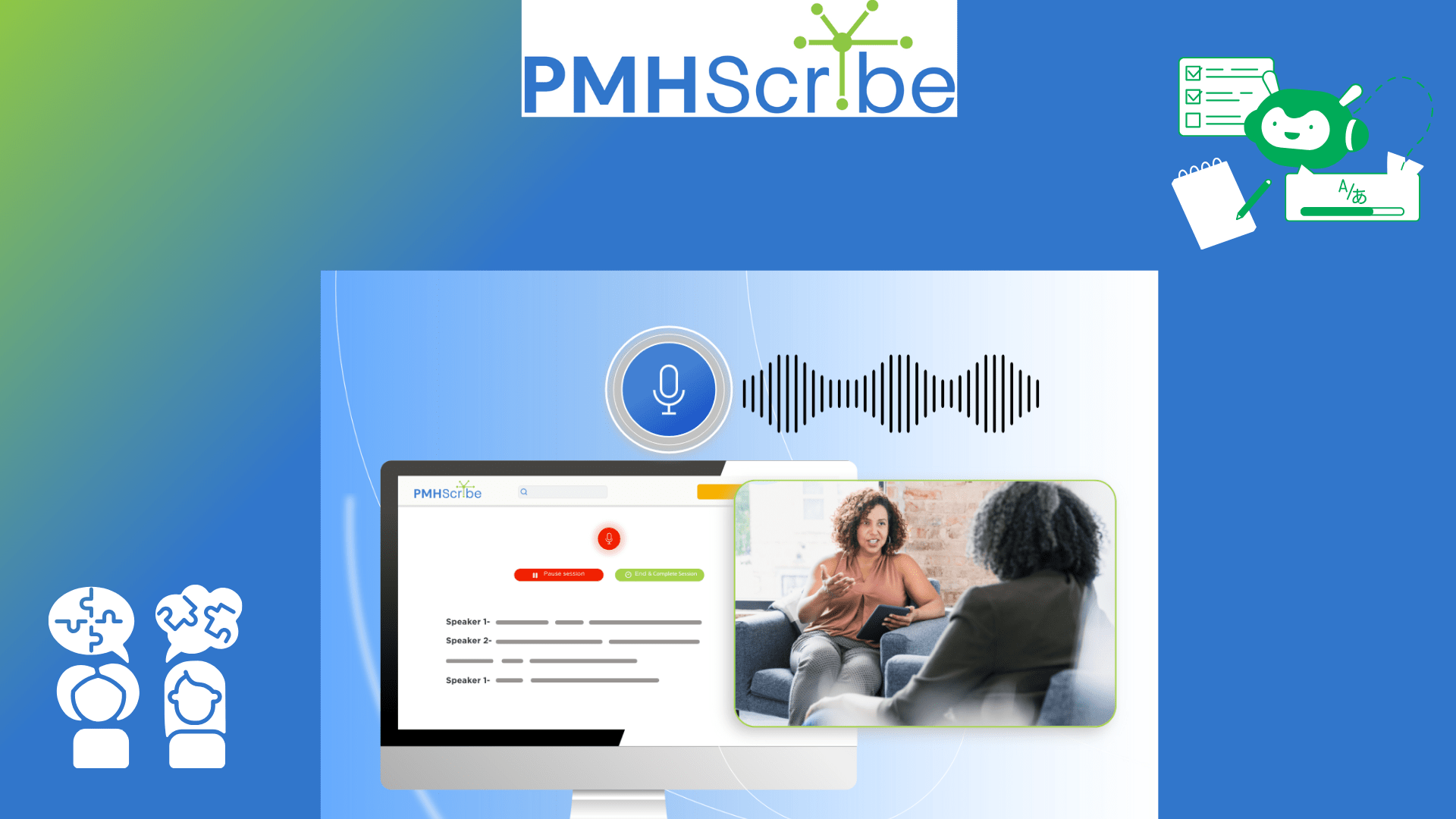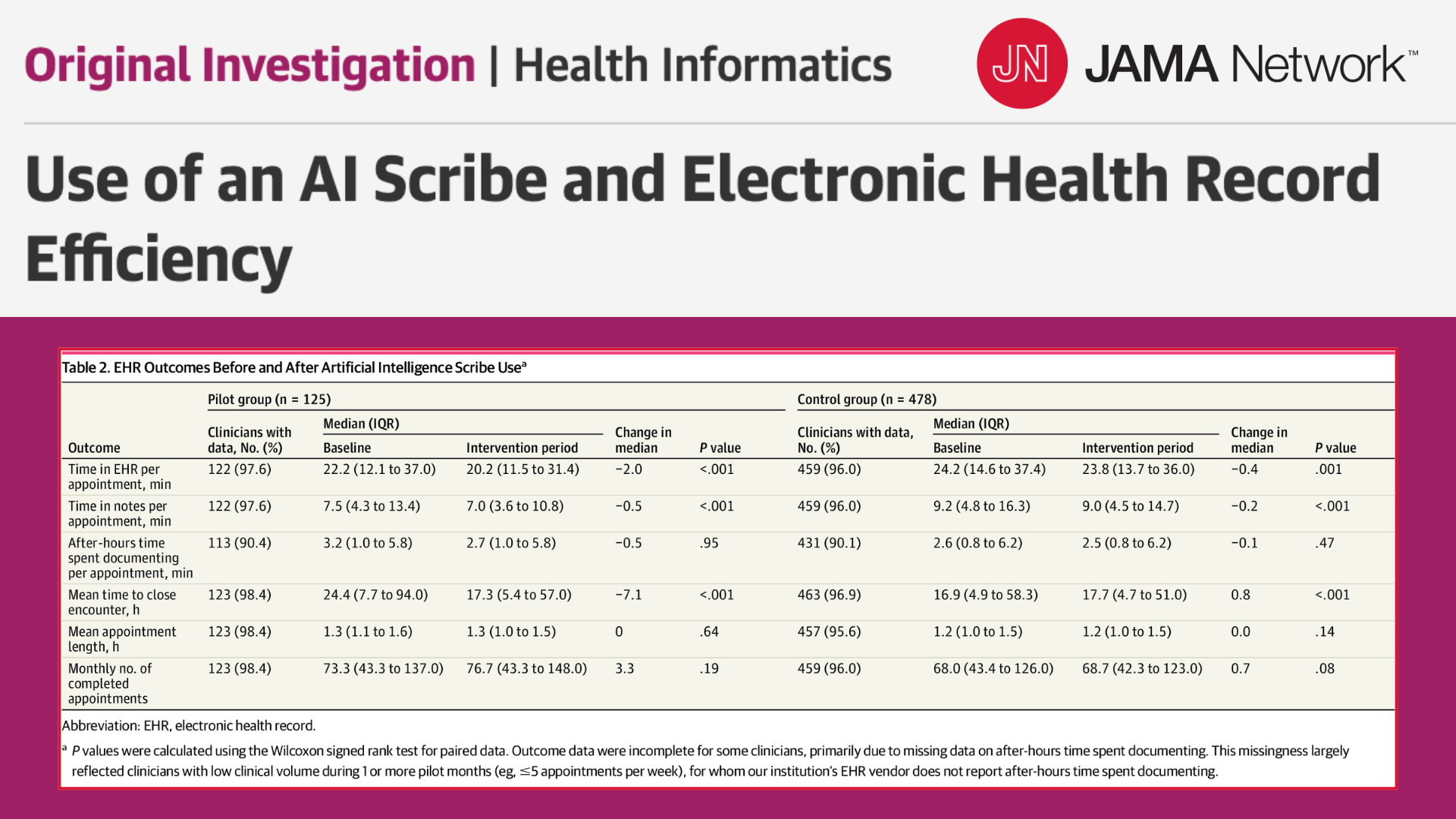I am hired by malpractice insurers, licensing boards, and healthcare organizations to perform expert witness chart reviews. In nearly every major documentation problem I have reviewed, one pattern stands out: clinicians relying on what I call Carry-Over Charting.
What Is Carry-Over Charting?
Carry-Over Charting is the documentation practice in which a clinician uses an EHR that automatically pulls forward or duplicates substantial portions of a prior note into a new encounter, with minimal editing or verification.
Examples include:
- Clicking “carry forward” or “copy prior note” in the EHR
- Autopopulated exam templates or “normal” findings that reappear at each visit
- Pre-filled review-of-systems or mental-status exams
- Copy-pasted assessment and plan sections
EHR vendors often promote these features as efficiency tools. In practice, Carry-Over Charting can create documentation inconsistencies, record assessments that were never performed, and expose clinicians to compliance risks.
Why Carry-Over Charting Is Dangerous
1. It propagates stale or inaccurate data
A recent study in BMC Medical Informatics and Decision Making (2023) found that copy-and-paste practices in EHRs often propagate outdated or incorrect data, potentially misleading future clinical decisions.
There is an old nursing adage: “If it was not charted, it was not done.” The reverse is also true. When you copy an old assessment, you indicate that it was done in the present session.
2. It causes note bloat
The issue of “note bloat,” where documentation becomes lengthy and repetitive, is discussed in Addressing Note Bloat: Solutions for Effective Clinical Documentation (2024). Carry-forward text makes charts harder to read and obscures auditor findings.
3. It increases the risk of clinical error
According to AHRQ’s PSNet review on copy-and-paste safety (2024), unchecked autopopulated fields can introduce serious errors in patient care. Outdated findings that are carried forward without review often lead to misinformed treatment decisions.
4. It undermines data integrity and billing accuracy
A 2024 Medscape report warns that physicians face audit risk and potential penalties when copy-forward documentation makes it unclear what was completed during the current encounter.
5. It hides workflow inefficiencies and fuels burnout
A 2023 study on EHR-related burnout found that templates and copied content increase the documentation burden and contribute to clinician fatigue, the very problem EHRs were designed to reduce.
Real-World Consequences
Defending Your License in a Board Audit
In a recent audit for a licensing board, I was tasked with evaluating the documentation of a psychiatric clinician seeking license reinstatement. Each note looked nearly identical to the first, copied forward year after year.
The clinician documented a full “normal” review of systems, including lung sounds, temperature, and intact skin, yet never recorded a single blood pressure reading, EKG, or cardiology referral while prescribing off-label stimulant doses to a patient with cardiac risk factors.
This Carry-Over Charting made it impossible to justify the absence of cardiovascular monitoring. If the clinician assessed skin and temperature, why not blood pressure as well? It demonstrated a lack of understanding of the medication’s monitoring standards.
The bloated documentation also required a line-by-line review to separate accurate decision-making from repeated filler. The audit was delayed by more than a month due to excessive carry-forward content.
Defending Your Practice in an Insurance Audit
I have also spoken with many group practices that have faced insurance clawbacks after auditors identified contradictions created by copied-forward notes. Common examples include charts listing a patient as both taking and not taking the same medication or reporting a full psychiatric review of systems, but lacking symptoms of a disorder, but the history of present illness contradicts that.
Because prior visits were copied into each new encounter, the documentation became confusing, and it was either indefensible or fraudulent. Even when unintentional, these inconsistencies were interpreted as unreliable or misleading.
The lesson is clear: Carry-Over Charting does not just create longer notes; it creates compliance and liability exposure.
What Should Be Carried Over and What Should Not
Carry-over features can be helpful when applied carefully. The goal is to present only relevant, accurate, and up-to-date information.
✅ Appropriate Carry-Over Elements
- A concise summary of active diagnoses that reflect the patient’s current condition
- Recent labs or vitals, ideally with the date used for comparison and updated with new data
- Current treatment goals and progress summaries relevant to today’s visit
🚫 What to Avoid
- Carrying the entire initial psychiatric evaluation into every note
- Including reviews of systems or physical exams that were not performed during this encounter
- Contradictory or “normal” findings that were never reassessed
- Generic boilerplate text repeated across multiple visits
How PMHScribe Solves the Carry-Over Charting Problem
PMHScribe is designed to help psychiatric and mental-health clinicians eliminate Carry-Over Charting while maintaining efficiency and compliance.
The platform includes a “Notes About Patient” text box where clinicians can summarize key updates such as medication trials, lab results, or relevant psychosocial context without copying entire notes.
Many users pair this with their EHR’s header, which already displays demographic data, to create a concise and compliant structure that avoids duplication.
By dynamically documenting rather than relying on click-box cloning, PMHScribe helps clinicians produce accurate, defensible documentation that holds up in board reviews, malpractice cases, and insurance audits.
Time to Ditch Carry-Over Charting
If your notes look the same visit after visit, it is time to make a change. Clone Charting may feel efficient in the moment, but it leads to confusion, compliance risk, and wasted time later.
With PMHScribe, you can document what truly matters: the patient’s current presentation, your clinical judgment, and an accurate record of today’s care.
Final Thoughts
Carry-Over Charting is not just a software habit; it is a documentation culture problem. When left unchecked, it can delay audits, damage credibility, and invite financial penalties.
Psychiatrists, Psychiatric Mental Health Nurse Practitioners, and mental health clinicians who stop using copy-and-paste documentation not only protect their licenses but also regain clarity, efficiency, and professional integrity.
Keep your notes focused, accurate, and defensible. Choose real-time documentation: Ditch Carry-Over Charting and document smarter with PMHScribe.
References
- BMC Medical Informatics and Decision Making, 2023 – Copy-Pasting in EMRs
- Addressing Note Bloat: Solutions for Effective Clinical Documentation, 2024
- AHRQ PSNet – EHR Copy and Paste and Patient Safety, 2024
- Medscape – EHR Copy and Paste Can Get Physicians Into Trouble, 2024
- Burnout Related to Electronic Health Record Use in Primary Care, 2023




